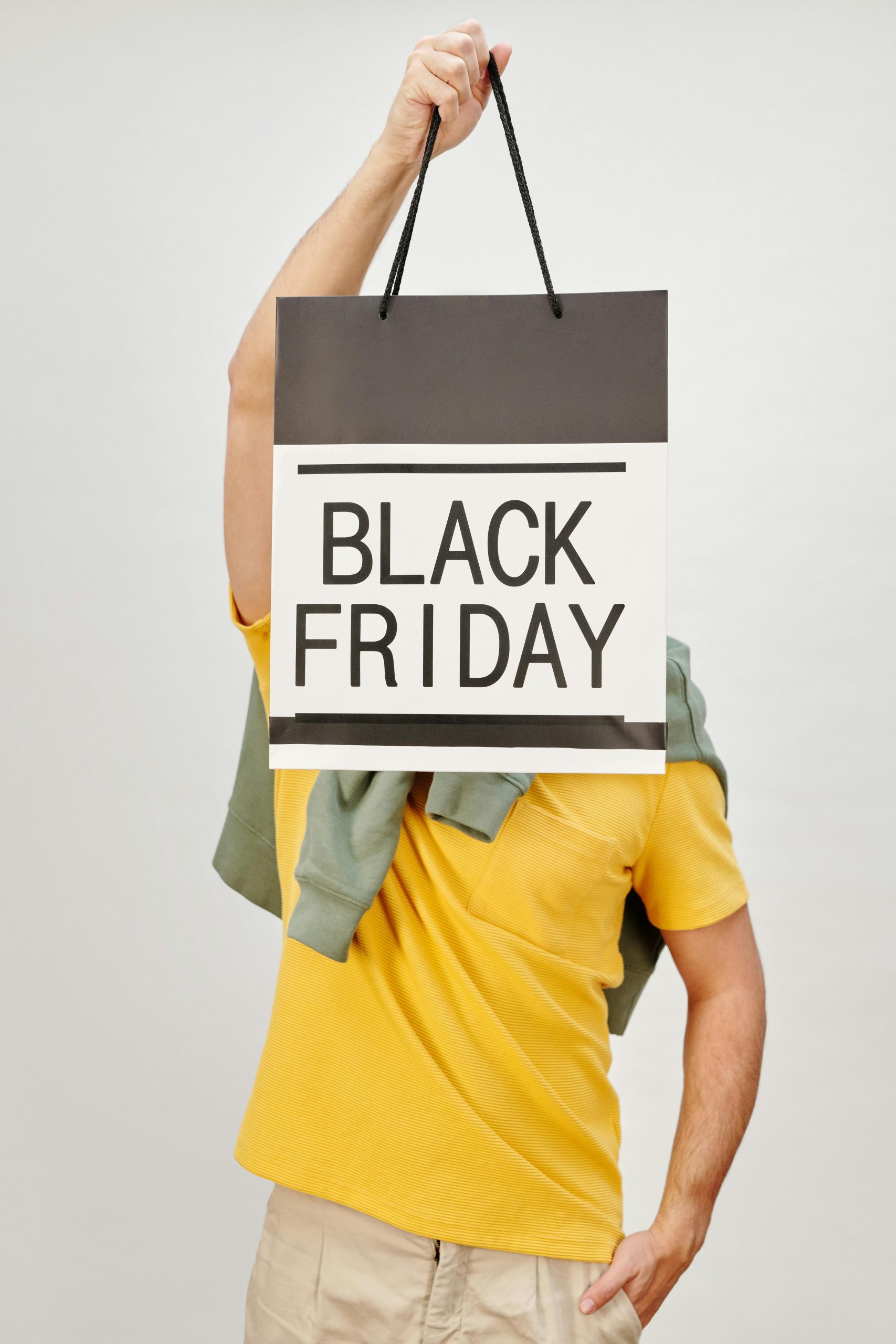The global pandemic of the early 2020s acted as a powerful catalyst, dramatically accelerating shifts in consumer behavior and permanently altering the retail landscape. The experience forced both shoppers and stores to adapt to a new reality defined by social distancing, hygiene concerns, and a massive shift toward digital commerce. As a result, many once-common shopping habits that defined the pre-2020 experience have now almost completely disappeared, replaced by more efficient, contactless, and cautious behaviors.

1. Paying With Cash
Before the pandemic, cash was still a common way to pay for everyday purchases. However, the desire for contactless transactions and fears about germs on physical currency led to a massive and permanent shift toward credit cards, debit cards, and mobile payments. Many shoppers who switched to “tapping to pay” out of necessity have now embraced the convenience and have not gone back to carrying cash regularly.
2. Casually “Window Shopping” or Browse for Fun
The habit of spending a Saturday aimlessly wandering through a mall or browsing store aisles with no specific purchase in mind has declined sharply. The pandemic trained consumers to be more mission-oriented in their shopping trips, aiming to get in and out as quickly as possible. This, combined with the rise of online browsing, means that “killing time at the store” is a much less common pastime.
3. Trying On In-Store Makeup Samples
The beauty industry was completely upended by new hygiene standards. The once-common practice of using communal testers and samples for lipstick, foundation, and eyeshadow became a thing of the past. Retailers like Sephora and Ulta replaced them with single-use samples or virtual “try-on” technology, and shoppers are now much more hesitant to use any shared product in a store.
4. Disregarding Personal Space in Line
Lining up for a checkout or a fitting room used to be a crowded affair, with people often standing very close to one another. The pandemic introduced the concept of social distancing, and the floor decals marking six feet of separation have had a lasting psychological effect. Shoppers are now much more conscious of personal space and are less tolerant of others standing too close in a queue.
5. The Black Friday “Doorbuster” Melee

The iconic image of massive crowds stampeding into a big-box store on Thanksgiving night for a limited number of discounted TVs is a relic of the past. Retailers learned during the pandemic that they could run their Black Friday deals online for weeks. This helps them avoid the safety risks and bad press of a physical “doorbuster” event. Consumers have also adapted, preferring to hunt for deals from their couch rather than fighting a crowd.
6. Handling Multiple Items Before Buying
Shoppers used to pick up and handle many different items on a shelf before selecting the one they wanted to purchase. The heightened awareness of germs and surface transmission has made consumers much more deliberate in their actions. People are now more likely to only touch the specific item they intend to buy, a subtle but significant shift in in-store behavior.
7. Shaking Hands with a Sales Associate
In high-end retail environments, a firm handshake was a standard part of the customer service experience. It was a gesture of trust and connection. The pandemic effectively killed the handshake as a universal greeting. It is replacing it with a simple nod or verbal acknowledgment. This has created a slightly more formal and distant interaction between customers and staff.
8. Ignoring Curbside Pickup Options
Before 2020, curbside pickup was a niche service offered by only a few retailers. The pandemic turned it into an essential lifeline for both stores and shoppers. Now, “buy online, pick up in-store” (BOPIS) and curbside services are a standard and popular option at major retailers. The convenience of having an employee bring your order directly to your car has become a permanent fixture of modern shopping.
The New Retail Reality
The pandemic did not just change how we shopped for a year or two; it fundamentally reset our expectations for convenience, safety, and efficiency. The habits that died were largely analog, communal, and time-consuming. They have been replaced by a more streamlined, digital-first approach. It prioritizes personal space and purposeful shopping, marking a permanent evolution in our relationship with retail.
Which of these bygone shopping habits do you miss the most? Are there any new habits, like curbside pickup, that you can’t live without now? Share your thoughts!
Read More
How Summer 2025 Travel Costs Compare to Pre-Pandemic Prices
Essential Grocery Items During a Pandemic
The post 8 Retail Shopping Habits That Died With the Pandemic appeared first on Grocery Coupon Guide.







